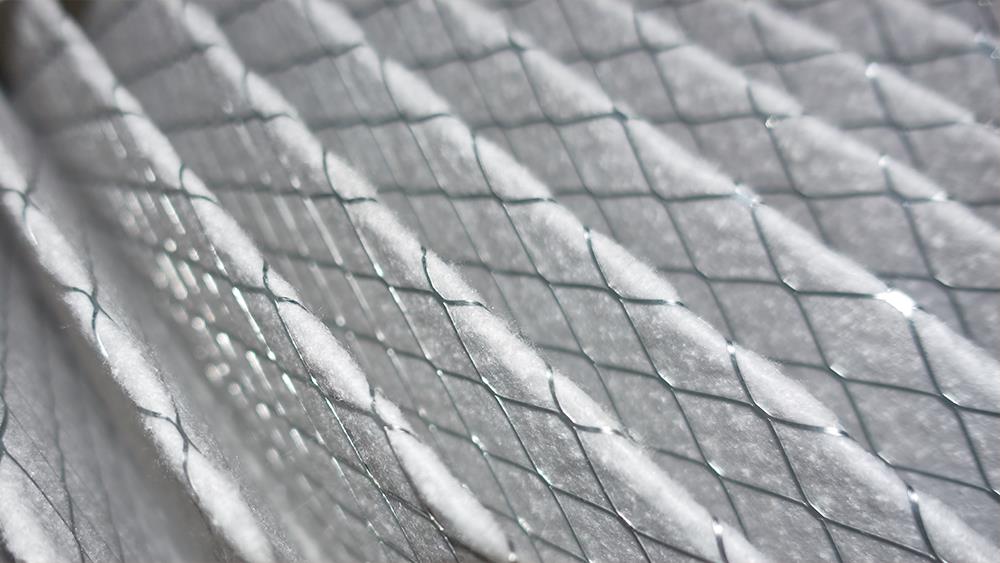

Alan Macklin, Chairman of the FMA and Technical Director at Elta Group, has welcomed the provision of authoritative guidance for IAQ professionals. The document, which has been endorsed by the Chartered Institute of Building Services Engineers (CIBSE), is designed to assist anyone involved in identifying and subsequently addressing air quality issues within both existing and new builds.
Macklin commented: “The importance of indoor air quality is rapidly gaining prominence, as the adverse health effects of pollutants becomes more widely known. Equally, the positive impact that high-quality air can have on health and productivity is increasingly informing internal building design.
“The IAQM’s new guidance document is a great supplement to existing protocol and legislation. It is indicative of a steady improvement of awareness of indoor air quality, with ongoing consultation around Part F of the Building Regulations including proposals for increasing ventilation rates and monitoring air quality.”
Historically, there has been a reliance on natural ventilation to provide fresh air to indoor spaces, especially in public buildings such as offices. However, there is now a general acceptance that mechanical ventilation is the primary means by which acceptable levels of ventilation can be achieved.
Macklin continued: “Mechanical ventilation is the only certain means of ensuring that the correct ventilation rates are always maintained and facilitates the usage of suitable filtration to remove external contaminants. A correctly functioning ventilation system is dependent on correct commissioning as well as adequate maintenance.
“Air quality monitoring through appropriate sensors is an essential part of the ventilation management system, which is something that the IAQM’s new guidance document stresses. As an industry, we are on the right path in promoting the critical role of ventilation in ensuring our buildings are fit for purpose, and the more we can emphasise the importance of good indoor air quality, the healthier our structures will be.”
If you'd like to keep up-to-date with the latest developments in the heating and plumbing industry, why not subscribe to our weekly newsletters? Just click the button below and you can ensure all the latest industry news and new product information lands in your inbox every week.